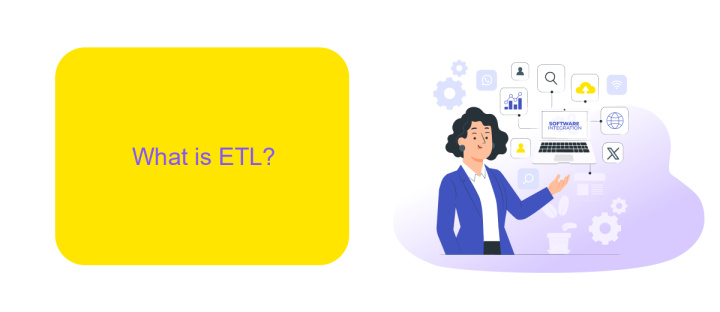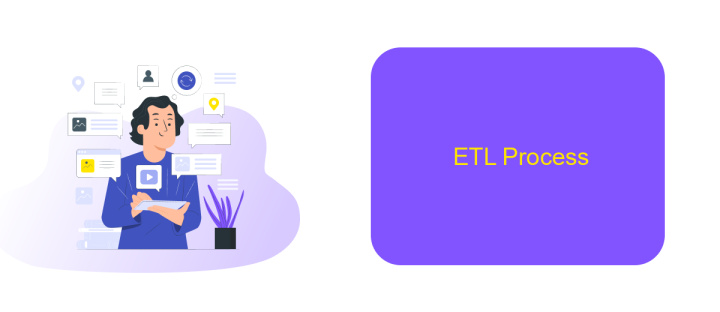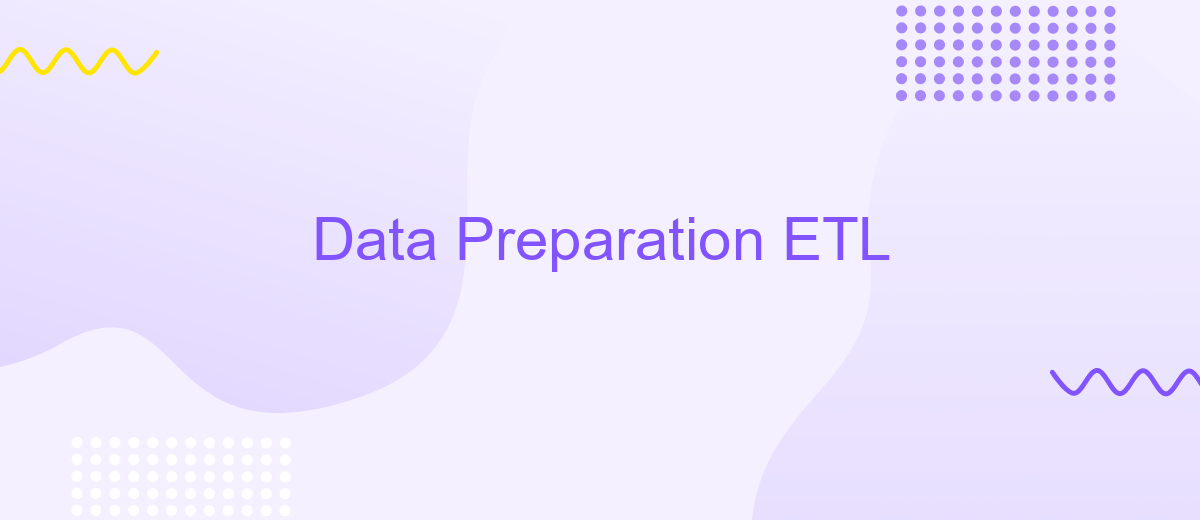Data Preparation ETL
Data preparation is a crucial step in the ETL (Extract, Transform, Load) process, ensuring that raw data is transformed into a clean and usable format for analysis. This article explores the key stages of ETL, highlighting best practices and tools that streamline data preparation, ultimately enhancing the accuracy and efficiency of data-driven decision-making in various industries.
Introduction
Data preparation is a critical step in the ETL (Extract, Transform, Load) process, ensuring that raw data is transformed into a clean and structured format suitable for analysis. This phase involves several tasks, including data cleaning, normalization, and integration, which are essential for accurate and reliable data insights.
- Extract: Gathering data from various sources.
- Transform: Cleaning and converting data into a useful format.
- Load: Importing the transformed data into a target system.
Effective data preparation can significantly enhance the quality of business intelligence and analytics. Tools like ApiX-Drive simplify the integration of various data sources, automating the extraction and transformation processes. This not only saves time but also minimizes errors, ensuring that the data pipeline remains robust and efficient. By leveraging such tools, organizations can focus more on analyzing data rather than spending excessive time on data preparation tasks.
What is ETL?

ETL stands for Extract, Transform, Load, and it is a process used in data integration and preparation. During the extraction phase, data is gathered from various sources such as databases, APIs, and flat files. This raw data is then transformed through a series of steps, including cleaning, normalization, and enrichment, to ensure it is in a suitable format for analysis. Finally, the transformed data is loaded into a target system, such as a data warehouse or a data lake, where it can be accessed for reporting and analytics.
ETL processes are essential for organizations looking to leverage their data effectively. Tools like ApiX-Drive can facilitate these integrations by automating the data extraction from different sources and streamlining the transformation process. ApiX-Drive allows businesses to set up workflows that connect various applications and databases, ensuring that data is consistently and accurately transferred without manual intervention. This not only saves time but also reduces the risk of errors, making it easier for organizations to make data-driven decisions.
Benefits of ETL

ETL (Extract, Transform, Load) processes are essential for efficient data management, enabling businesses to convert raw data into meaningful insights. This structured approach ensures data quality, consistency, and accessibility, which are crucial for informed decision-making.
- Data Integration: ETL tools like ApiX-Drive facilitate seamless data integration from multiple sources, ensuring a unified view of information.
- Improved Data Quality: By transforming and cleaning data, ETL processes eliminate inconsistencies and errors, enhancing data accuracy.
- Scalability: ETL systems can handle large volumes of data efficiently, making them suitable for growing businesses.
- Time Efficiency: Automating data extraction and transformation reduces manual effort, saving valuable time for data analysts.
- Enhanced Decision Making: With reliable and timely data, businesses can make better strategic decisions and gain a competitive edge.
Incorporating ETL processes into your data management strategy can significantly improve operational efficiency and data reliability. Services like ApiX-Drive simplify the integration and automation of ETL tasks, allowing businesses to focus on leveraging data for growth and innovation.
ETL Process

The ETL process, which stands for Extract, Transform, Load, is essential for data preparation. It involves extracting data from various sources, transforming it into a usable format, and loading it into a target database or data warehouse. This process ensures that data is clean, consistent, and ready for analysis.
During the extraction phase, data is collected from different sources such as databases, APIs, and flat files. The transformation phase involves cleaning, filtering, and aggregating the data to meet business requirements. Finally, the loading phase involves importing the transformed data into the target system for further use.
- Extract: Collect data from multiple sources.
- Transform: Clean and format the data.
- Load: Import the data into the target system.
Tools like ApiX-Drive can simplify the ETL process by providing integrations with various data sources and automating data workflows. This reduces manual effort and ensures that data is consistently prepared and updated. By leveraging such services, businesses can streamline their data preparation and focus on deriving insights from their data.
- Automate the work of an online store or landing
- Empower through integration
- Don't spend money on programmers and integrators
- Save time by automating routine tasks
Conclusion
In conclusion, data preparation and ETL processes are critical components in the data lifecycle, ensuring that raw data is transformed into a usable format for analysis and decision-making. Effective data preparation involves cleaning, transforming, and enriching data, which helps in maintaining data quality and integrity. ETL (Extract, Transform, Load) processes streamline the movement of data from various sources into a centralized data warehouse, making it accessible for business intelligence and analytics.
Utilizing integration services like ApiX-Drive can significantly simplify the setup and management of these processes. ApiX-Drive offers a user-friendly platform to automate data transfers between different systems, reducing manual effort and minimizing errors. By leveraging such tools, organizations can enhance their data workflows, ensuring timely and accurate data availability for strategic initiatives. As businesses continue to rely on data-driven insights, the importance of robust data preparation and ETL processes cannot be overstated.
FAQ
What is Data Preparation in ETL?
Why is Data Preparation important in ETL processes?
What are the common steps involved in Data Preparation?
How can I automate Data Preparation in ETL?
What are the challenges faced during Data Preparation in ETL?
Time is the most valuable resource in today's business realities. By eliminating the routine from work processes, you will get more opportunities to implement the most daring plans and ideas. Choose – you can continue to waste time, money and nerves on inefficient solutions, or you can use ApiX-Drive, automating work processes and achieving results with minimal investment of money, effort and human resources.


